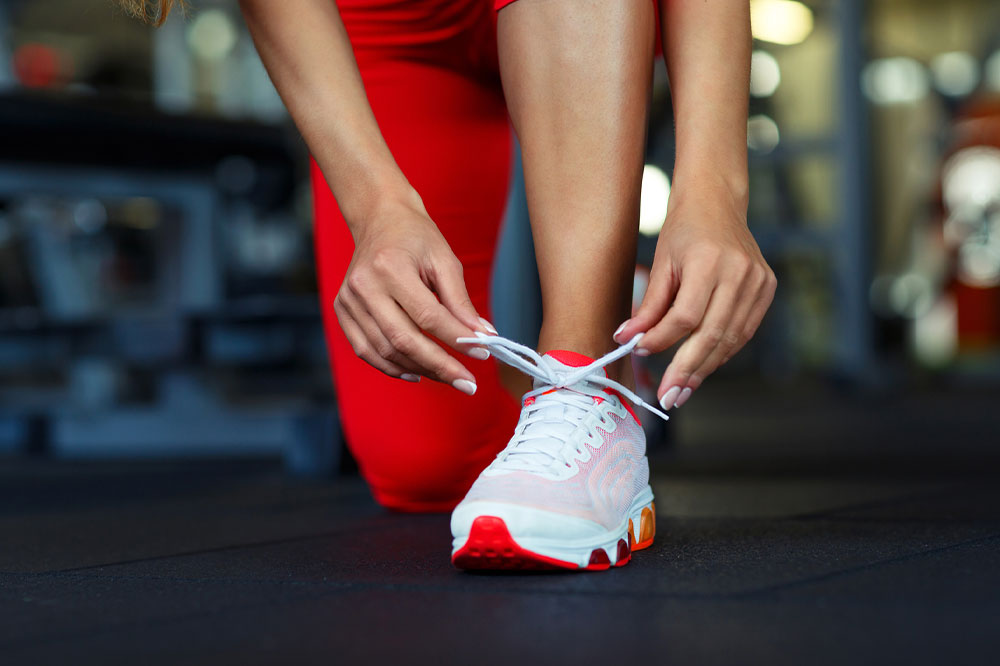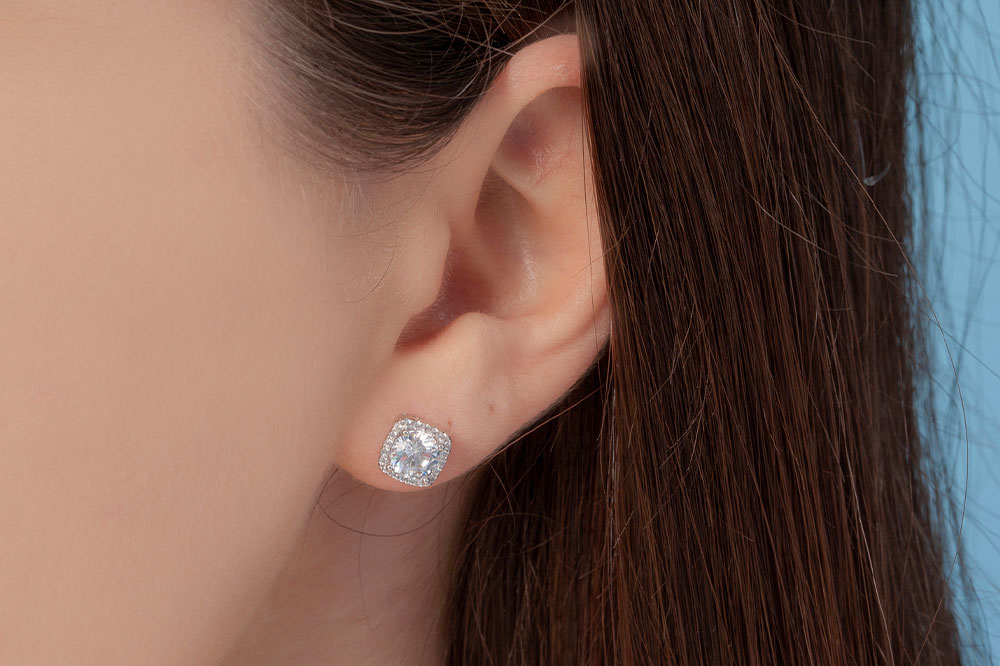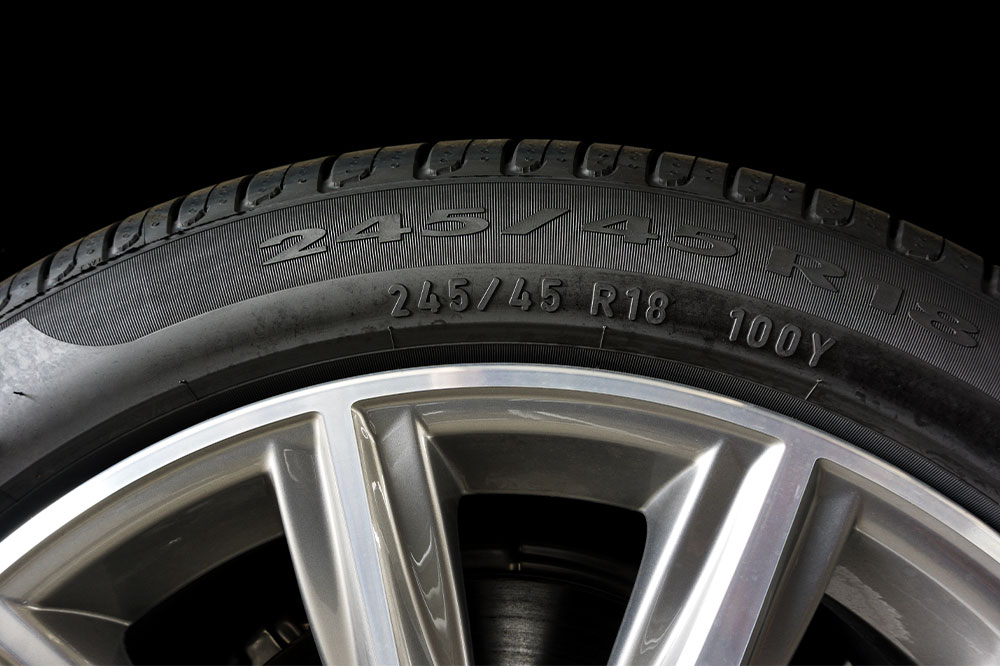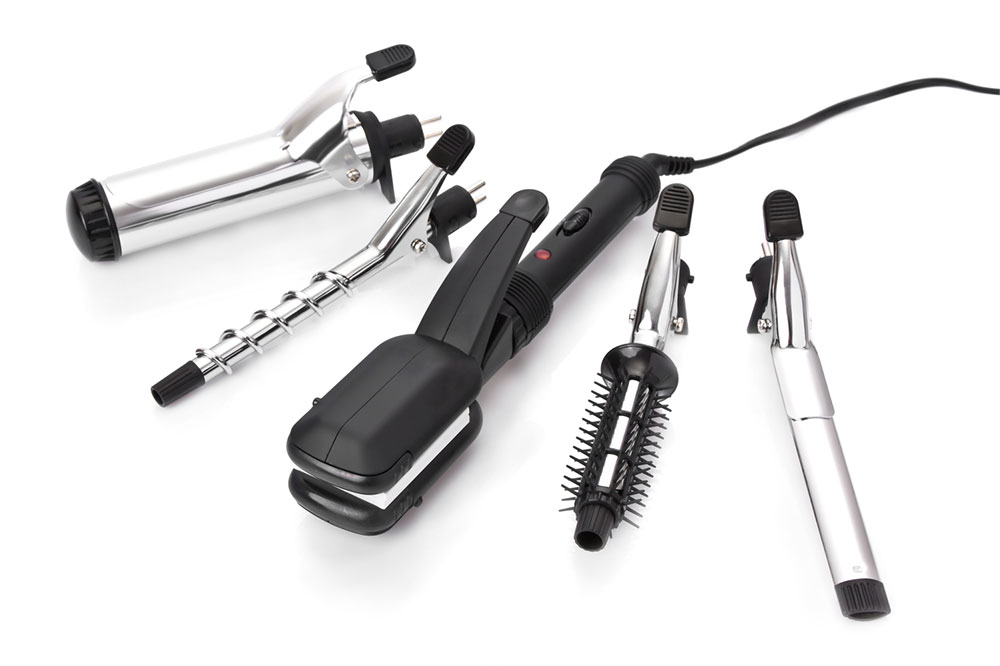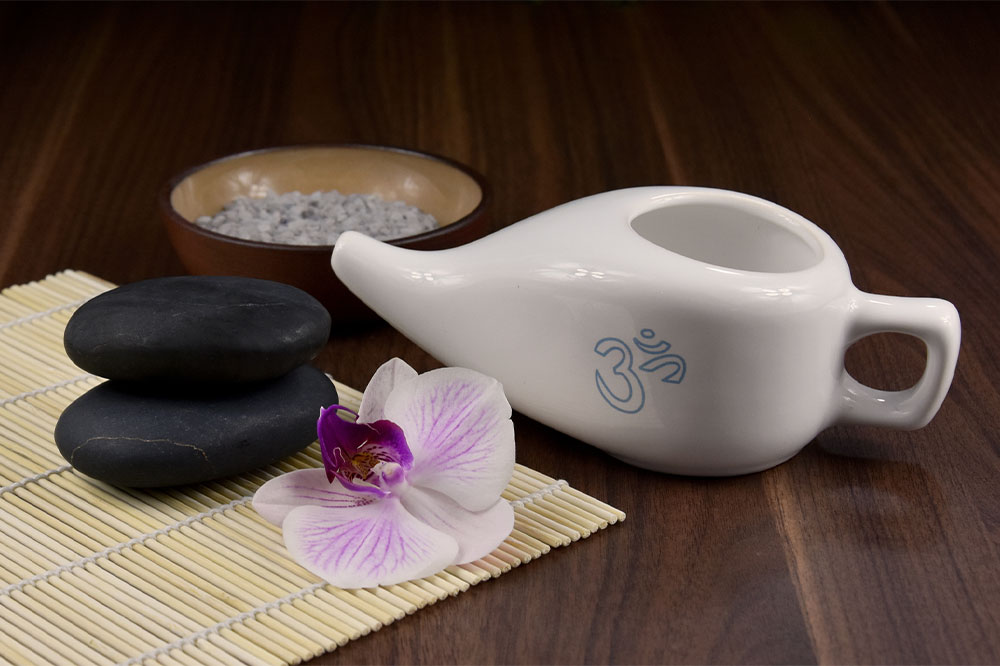9 mistakes to avoid when hiring water damage restoration professionals

While water is integral to life, it can also negatively affect life when it floods homes and offices. Every aspect of one’s life, from belongings and finances to daily sustenance, is hampered. But even in these situations, water damage restoration professionals can help get the situation under control. And that’s why hiring a reliable water damage restoration professional is essential. So, here are some mistakes to avoid when hiring a water damage restoration professional:
1. Overlooking credentials
Water restoration professionals do the crucial job of handling a flood situation, so they need to be trained extensively for these operations. Ideally, the technician or company should be licensed to practice by an authorized body, such as the Institute of Inspection Cleaning and Restoration Certification, and should be highly experienced and trained in methods to assess damage, drain out water, and sanitize the place. Even if the professional is qualified in the field, they might not be able to come up with the right solutions based on the situation if they don’t have relevant training and experience. So, one should check the company’s or professional’s credentials closely.
2. Picking a professional only based on fees
Water damage usually causes huge losses, so one may be unable to pay a hefty sum to a water restoration company immediately after the incident. However, selecting a professional only based on what they charge is a huge mistake because there is a chance that these people may not be well-trained or experienced. Hiring such professionals can only increase one’s expenses in the long run. So, instead of compromising on service for cost, one should find other ways to get financial relief, such as a flexible debt plan. The ideal solution is to set up emergency funds for such unexpected scenarios beforehand.
3. Not considering references and reviews
Just like one usually checks out reviews and feedback for other products and services, one should also seek feedback from water restoration professionals before hiring them. Online reviews may help to a certain extent. Still, local people like neighbors, friends from the area, and other members of community groups may be able to provide a better idea of the professional’s reliability and expertise. A direct approach to finding local references is to ask the company upfront. Most good companies would be more than willing to provide references to potential clients.
4. Not enquiring about insurance coverage
The last thing one may want during a water damage situation is to pay a considerable amount to a water restoration company and not get the money back if the company cannot offer its services optimally. If the company has insurance coverage, it ensures that its clients are at least financially compensated in such cases, which is some relief during such difficult times. That’s why, before hiring a water restoration professional, one should always check if the company has an insurance plan in place.
5. Failing to check whether the company uses up-to-date equipment
Water restoration is an elaborate task that requires a professional to use multiple tools and equipment, from high-quality infrared cameras to anti-microbial sprays, moisture detectors, and dehumidifiers. Also, different water restoration activities require different specialized tools; water restoration professionals should be prepared with all of these at the site. Thus, it is important for clients to actively inquire with the company about the tools and equipment they use, how up-to-date and effective they are, and what each of them does. Without premium and efficient machinery and tools, the water restoration process may lag behind, increasing water damage and losses for the owners.
6. Overlooking adherence to regulations
It is a good idea for those hiring water restoration professionals to discover some basic regulations these individuals need to follow on-site. As such, the Occupational Safety and Health Administration (OSHA) has laid down some regulations that all water restoration professionals must adhere to. So, before hiring water restoration professionals, one should check with the company to see if they abide by such regulations to meet global safety standards.
7. Not discussing with the company about their damage repair plans
Once the professionals have examined the site and understood the level of damage, one should discuss possible management strategies and what would work best in the situation with them. A qualified and genuine professional should be able to chalk out a comprehensive plan that covers various aspects of water damage and restoration, including removing dust and debris, sanitization, dehumidification, drying, and renovation if required.
8. Waiting endlessly for the professionals to respond
Water damage is an emergency situation that needs immediate attention, so one cannot afford to waste time endlessly waiting for the professionals to arrive and begin their work. Trustworthy water damage restoration companies understand the urgency and get to the site, usually within minutes, taking quick action to inspect the place and come up with a strategy. So, it is best to let go of a company if its response time is high. One should aim to get help as soon as possible in such situations.
9. Not checking the customer service quality
Customer service should be a significant factor when shortlisting water restoration professionals, especially because these professionals must be available on short notice. So, one should check whether the company offers quick customer service through operator assistance, chatbots, emails, etc.

